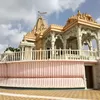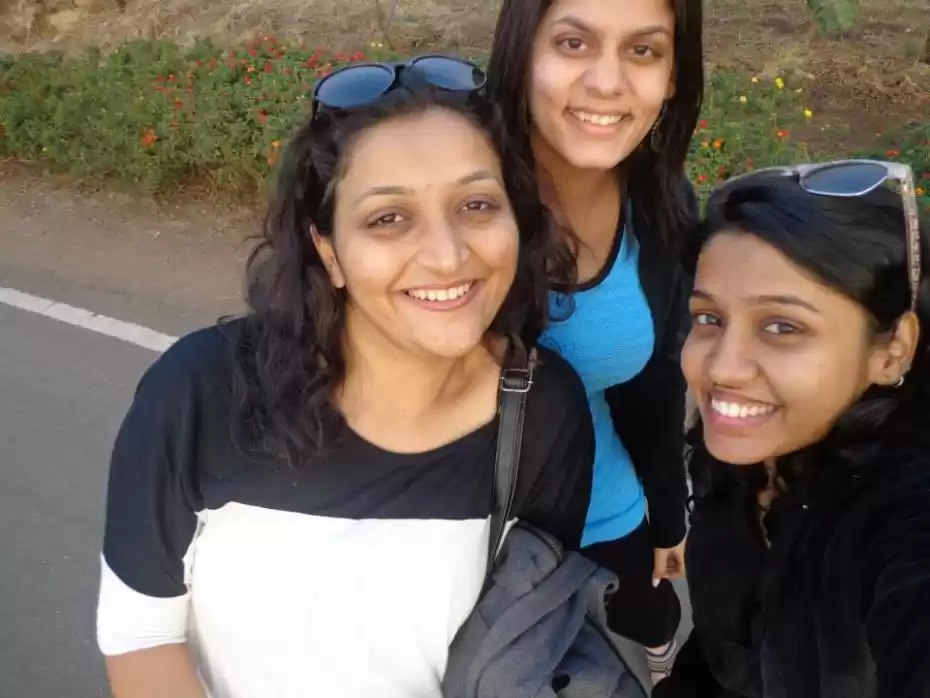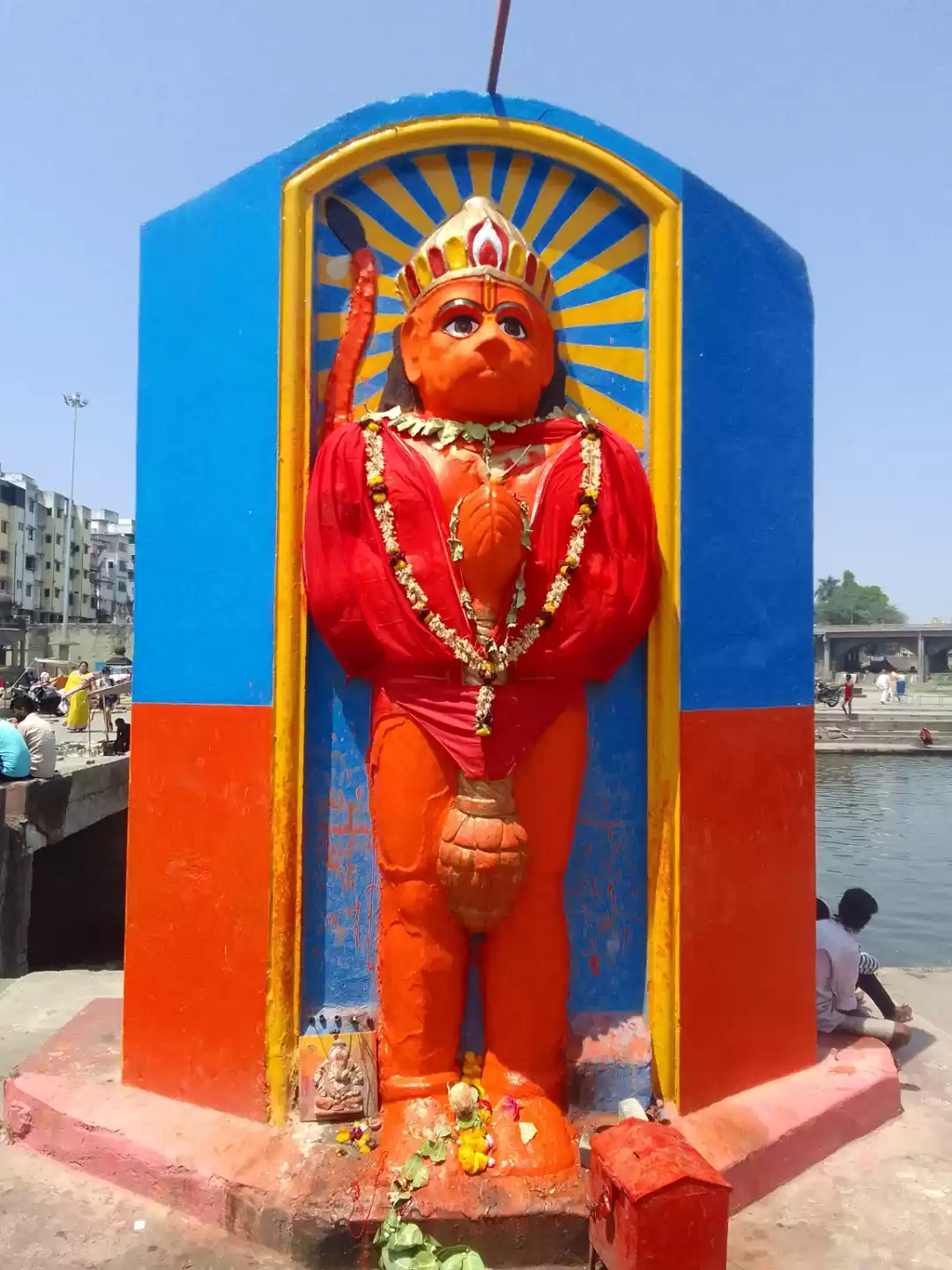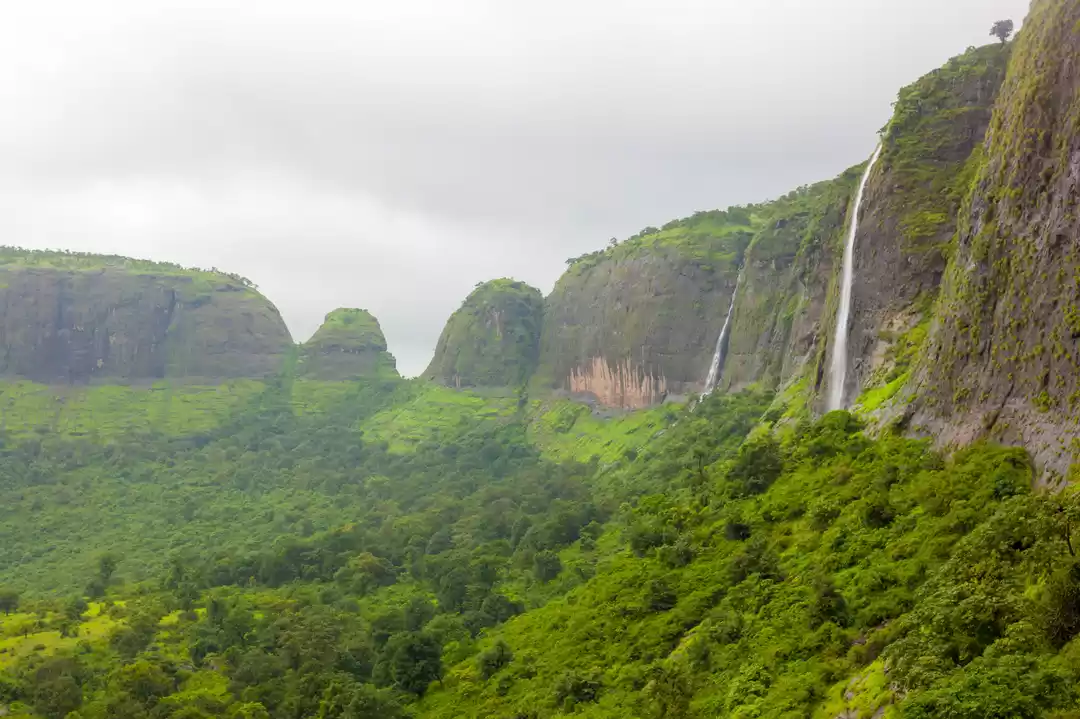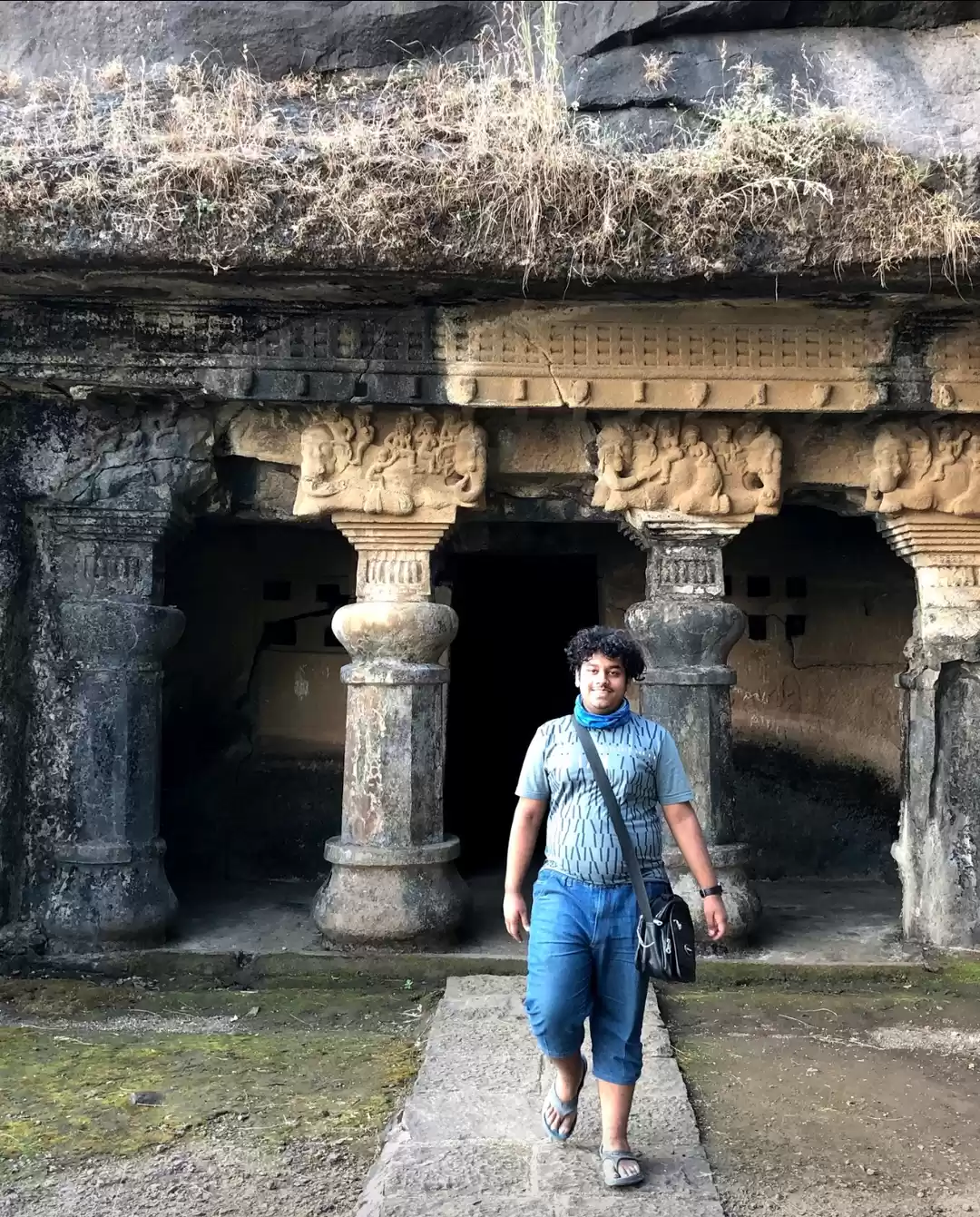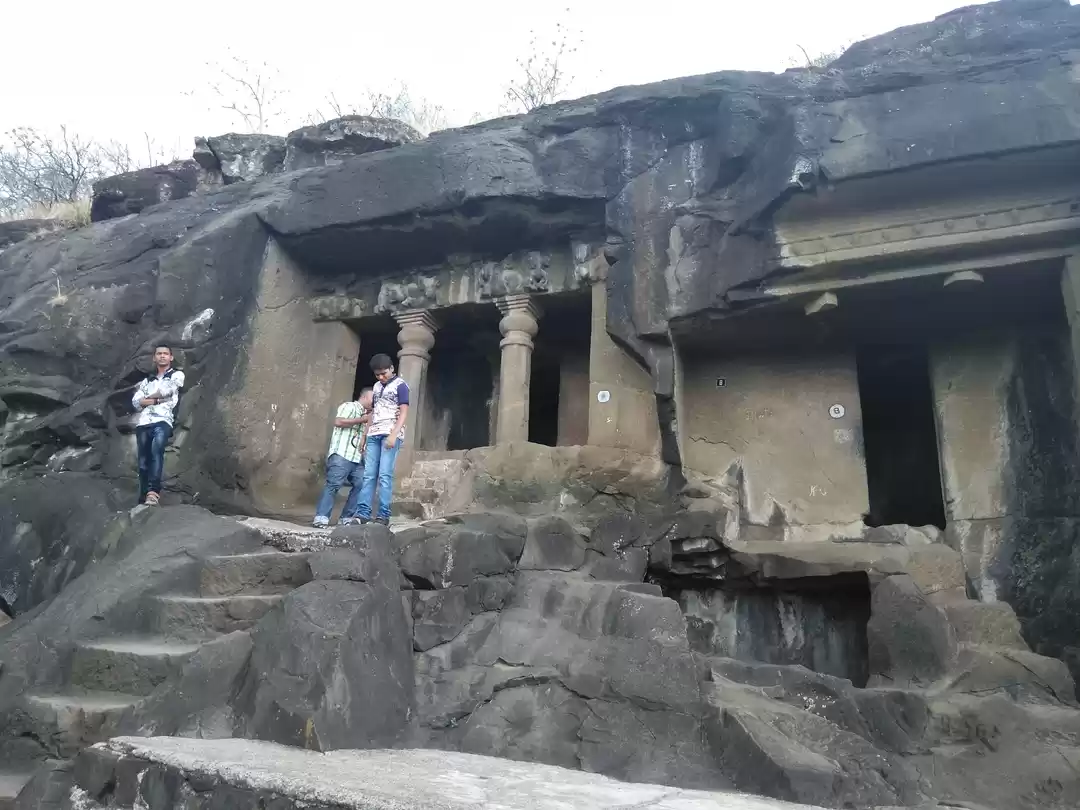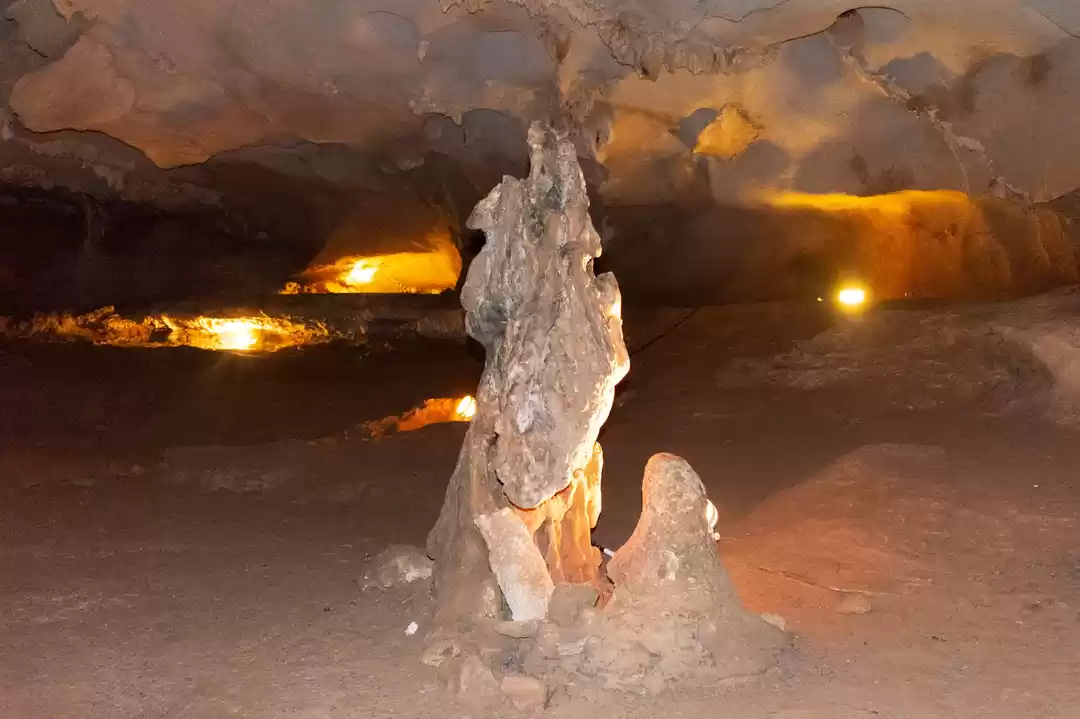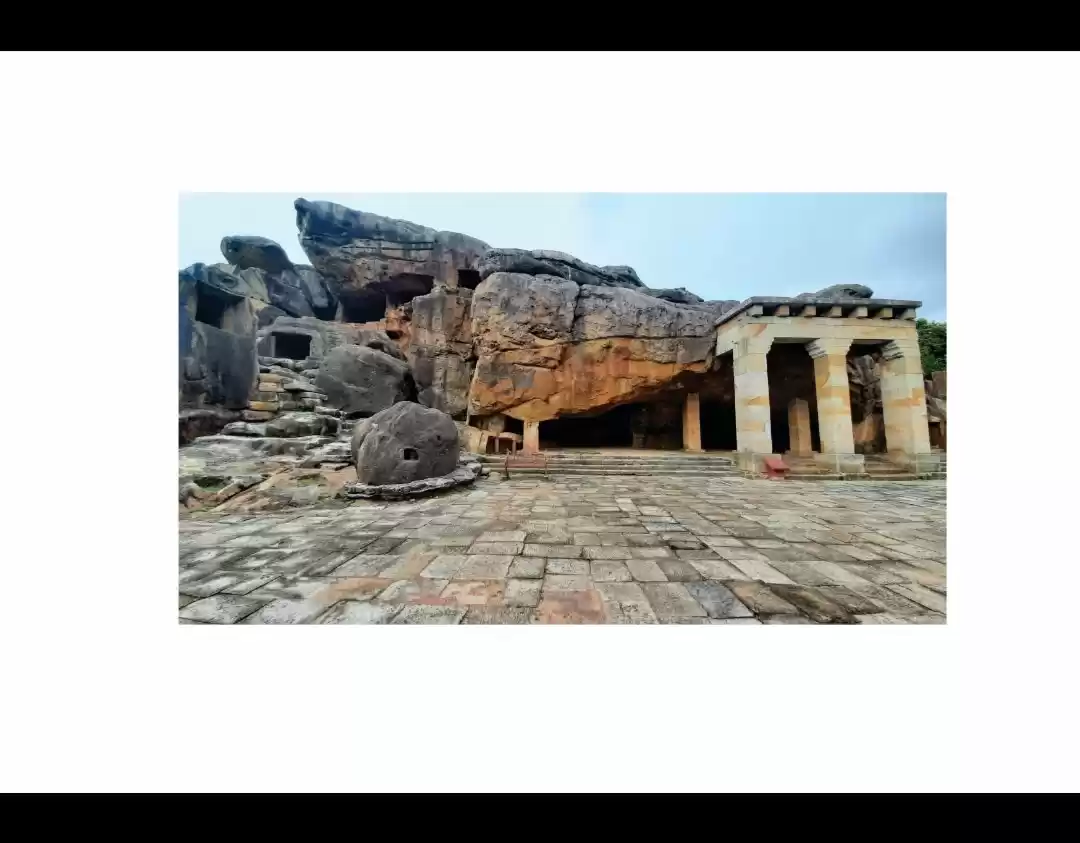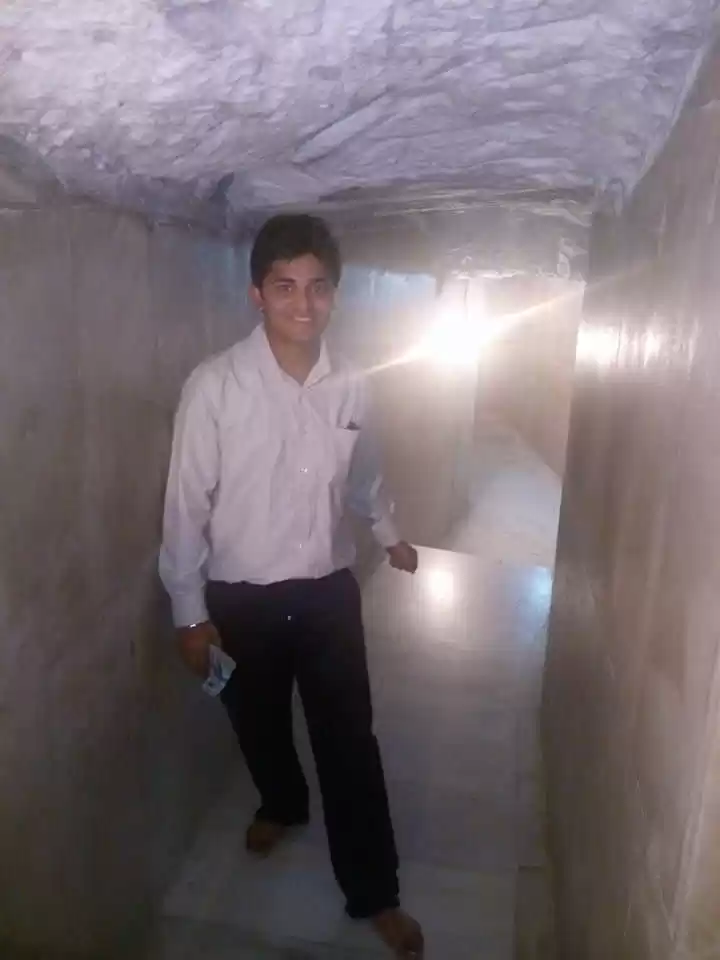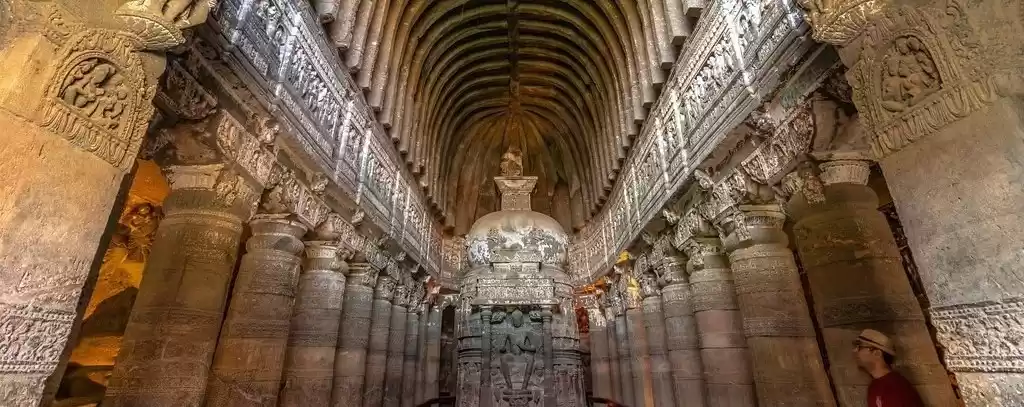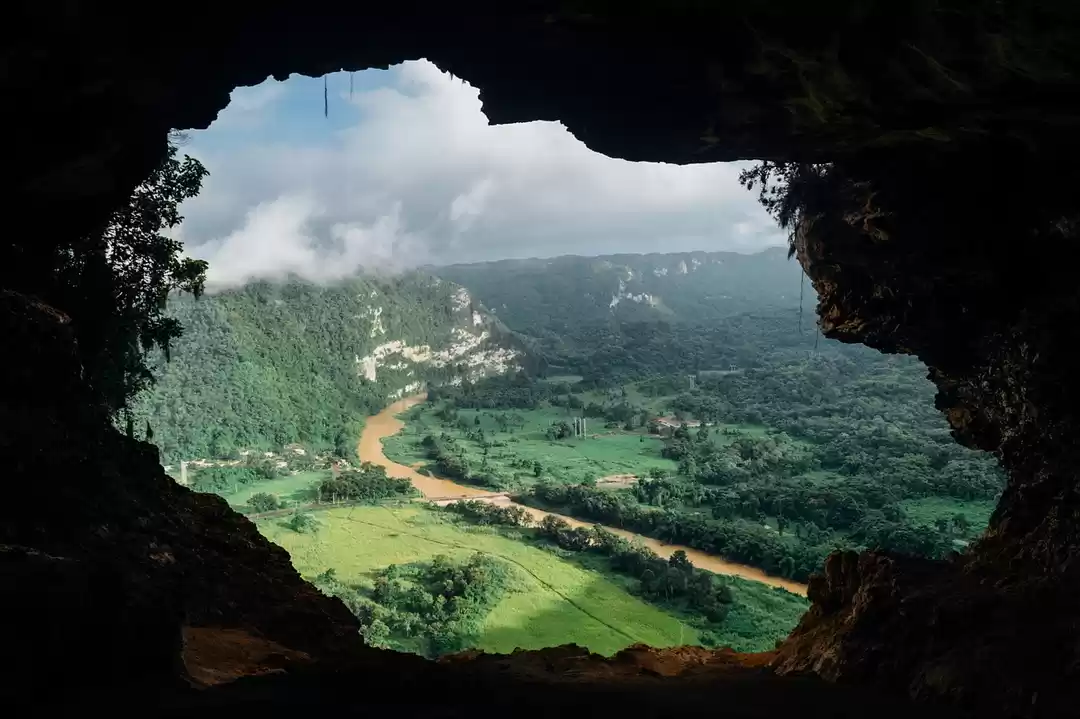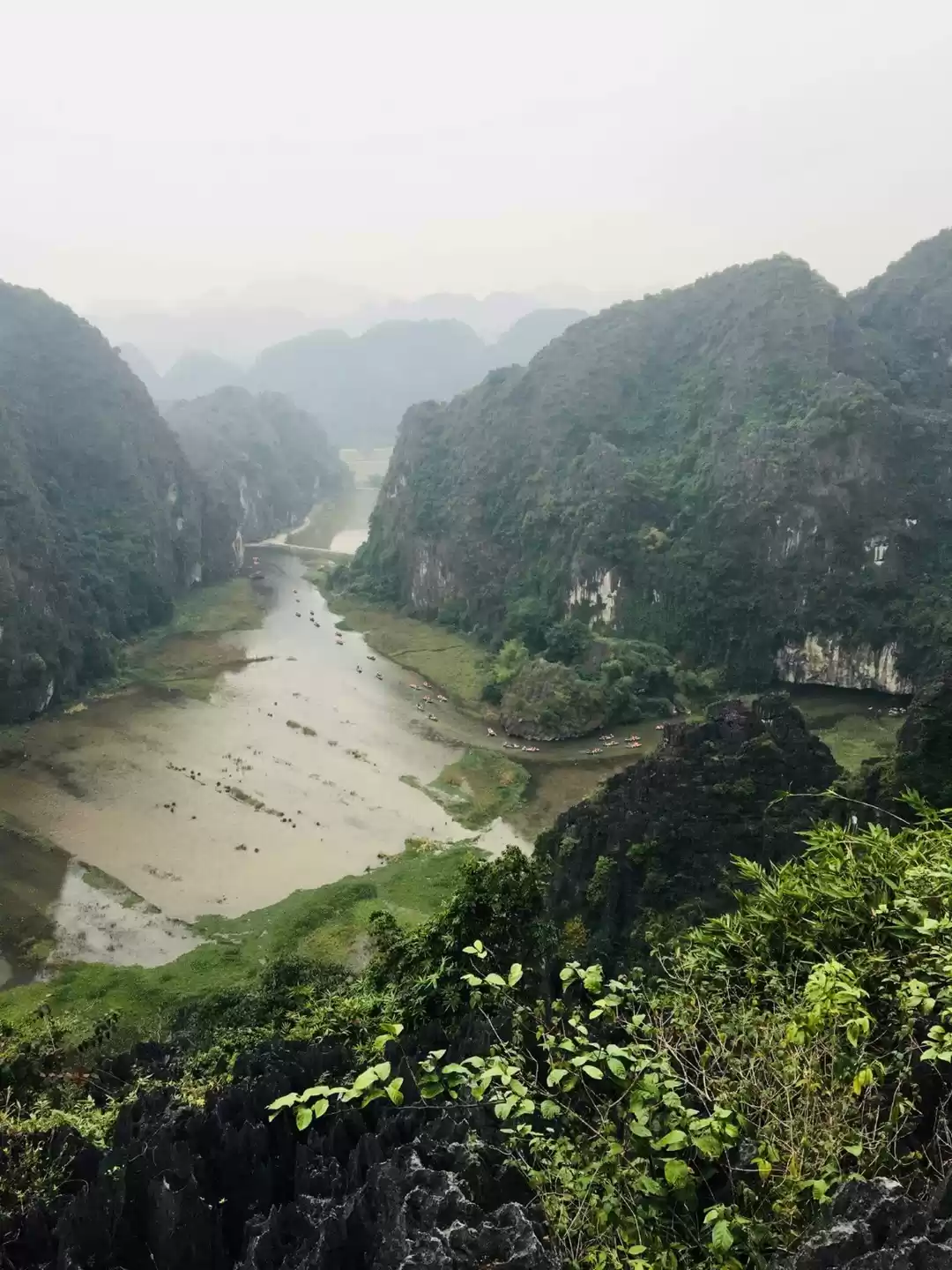Have you ever wondered what secrets lie hidden in the hills of Nashik? If you are looking for a place that combines history, culture, and adventure, then you should visit the Pandavleni caves. These are a group of 24 rock-cut Buddhist caves that date back to the 3rd century BC. They are located on the Trivashmi Hills, about 8 km from Nashik city. The Pandavleni caves are not only a testament to the ancient art and architecture of India, but also a source of legends and stories that will fascinate you.

History and Legends of the Pandavleni Caves
The Pandavleni caves are named after the Pandavas, the heroes of the Mahabharata epic. According to a popular legend, the Pandavas spent some time here during their exile and carved out these caves. However, there is no historical evidence to support this claim. The caves were actually built by various Buddhist sects and dynasties over a period of more than 1000 years. The earliest caves belong to the Hinayana sect, while the later ones belong to the Mahayana sect. The caves were patronized by several rulers, such as the Satavahana, the Kshatrapa, the Vakataka, and the Chalukya.
The caves have many inscriptions and carvings that reveal their history and purpose. Some of the inscriptions mention the names and titles of the donors who funded the construction of the caves. Some of the carvings depict scenes from the life of Buddha and his previous incarnations. The caves were used as monasteries, temples, and residences by the Buddhist monks and pilgrims. They also served as a center of learning and meditation for the followers of Buddhism.

Architecture and Features of the Pandavleni Caves
The Pandavleni caves are a marvel of ancient engineering and artistry. They are carved out of basalt rock and have a uniform design and structure. The caves are arranged in a horseshoe shape along the slope of the hill. They are connected by a flight of steps that leads to a common courtyard. The caves have two main types: viharas and chaityas. Viharas are residential halls with cells for the monks. Chaityas are prayer halls with stupas for worship.
One of the most remarkable features of the Pandavleni caves is their water management system. The caves have cisterns, aqueducts, channels, and spouts that collect and distribute water from natural springs and rainfall. The water was used for drinking, bathing, washing, and irrigation. The water system also created a pleasant and cool environment inside the caves.
Another impressive feature of the Pandavleni caves is their sculptures of Buddha and Bodhisattvas. The sculptures are carved in high relief on the walls and niches of the caves. They show various poses and expressions of Buddha, such as preaching, meditating, blessing, and smiling. The sculptures also depict Bodhisattvas, who are enlightened beings who help others attain salvation. Some of the prominent Bodhisattvas are Avalokiteshvara, Maitreya, Manjushri, and Vajrapani.

The Pandavleni caves also have paintings and motifs that adorn their ceilings and pillars. The paintings are mostly faded or damaged, but they show traces of colors and patterns. The motifs include floral designs, geometric shapes, animals, birds, and human figures. The paintings and motifs reflect the artistic style and influence of different periods and regions.
How to Reach and Explore the Pandavleni Caves
The Pandavleni caves are easily accessible from Nashik city by air, train, or road. The nearest airport is Nashik airport, which is about 25 km away. The nearest railway station is Nashik Road railway station, which is about 10 km away. The caves are also well connected by road via the Mumbai-Agra highway. You can take a bus or taxi from Nashik city to reach the base of the Trivashmi Hills.
The best time to visit the Pandavleni caves is between October and March, when the weather is pleasant and dry. You can also visit during monsoon season (June to September), when the hills turn green and lush, but be prepared for slippery roads and trails.
To explore the Pandavleni caves, you need to climb up about 200 steps from the base of the hill. The climb is moderate but rewarding, as you get to enjoy panoramic views of Nashik city and its surroundings. You can also spot some wildlife such as monkeys, peacocks, squirrels, and birds along the way.
Once you reach the top, you can explore each cave at your own pace. You can admire the architecture, sculptures, paintings, and inscriptions of the caves. You can also learn more about the history and culture of the caves from the guides and signboards available. You can also visit the nearby Dada Saheb Phalke Smarak, which is a memorial park dedicated to the father of Indian cinema.
If you are feeling adventurous, you can also go for a trekking trail that starts from the Pandavleni caves and leads to other caves and temples on the hill. The trail is about 3 km long and takes about 2 hours to complete. The trail offers scenic views of the valley and the river below. You can also visit the Jain temple, the Sita Gufa, and the Ram Kund on the way.
Places nearby the Pandavleni caves that you can visit
Dada Saheb Phalke Smarak: This is a memorial park dedicated to the father of Indian cinema, Dada Saheb Phalke. It has a museum, a gallery, a theatre, and a garden that showcase his life and work. It also has a giant statue of Phalke and a fountain that plays music and lights. The park is located about 1 km from the Pandavleni caves.
Jain Temple: This is a beautiful temple built by the Jain community in Nashik. It has a white marble structure with intricate carvings and sculptures. It also has a large idol of Lord Mahavira, the founder of Jainism. The temple is located about 2 km from the Pandavleni caves.
Sita Gufa: This is a cave where Sita, the wife of Lord Rama, is believed to have stayed during their exile. It also has a small temple dedicated to Sita, Rama, and Lakshmana. The cave is located about 3 km from the Pandavleni caves.
Ram Kund: This is a sacred pond where Lord Rama and Sita are said to have bathed during their exile. It also has a temple dedicated to Rama and his brothers. The pond is located about 4 km from the Pandavleni caves.
Things to do at or near the Pandavleni caves are:
Trekking: You can go for a trekking trail that starts from the Pandavleni caves and leads to other caves and temples on the hill. The trail is about 3 km long and takes about 2 hours to complete. The trail offers scenic views of the valley and the river below.
Photography: You can capture some amazing photos of the Pandavleni caves and their surroundings. You can also take selfies with the sculptures and paintings of Buddha and Bodhisattvas. You can also capture the sunrise and sunset from the hilltop.
Meditation: You can experience peace and tranquility at the Pandavleni caves. You can sit in silence and meditate in one of the viharas or chaityas. You can also listen to the sound of water flowing from the cisterns and spouts. You can also feel the cool breeze and the warmth of the sun on your skin.
Conclusion
The Pandavleni caves are a hidden gem of Nashik’s ancient heritage. They are a must-visit for anyone who loves history, culture, and adventure. They offer a glimpse into the rich and diverse past of India and its people. They also offer a serene and spiritual experience that can refresh your mind and soul.
If you are planning to visit Nashik, don’t miss the opportunity to explore the Pandavleni caves. You will be amazed by their beauty and charm. You will also be inspired by their stories and legends. You will also have a lot of fun and excitement along the way.
So, what are you waiting for? Book your trip to Nashik today and discover the Pandavleni caves for yourself. You will not regret it.

